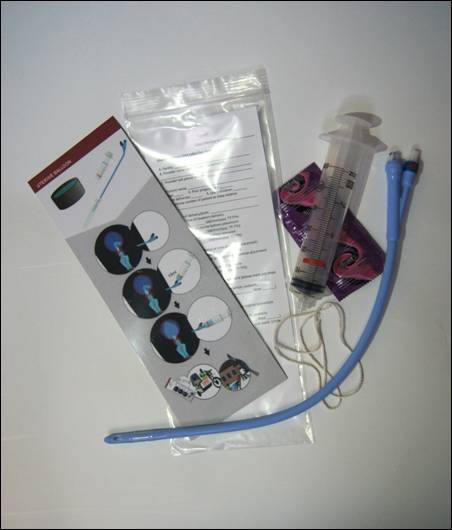
By the year 2100, 8 out of 10 people in the world will reside in cities – a major change in demographics compared to 100 years ago.
Urbanization has sweeping consequences for population health. Most analysts evaluate the “specter of urbanization” by focusing on problems and challenges, which can include slum development, insecurity, and inequality.
As the World Health Organization and UN Habitat note in their seminal report, Hidden Cities, “Cities concentrate opportunities, jobs and services, but they also concentrate risks and hazards for health.” The urban poor are especially vulnerable because their housing conditions and access to clean water, sanitation, and health care are often severely compromised.
Additionally, the jobs available to the urban poor are often informal, dangerous, and temporary. Yet the lack of integrated governance and infrastructure responsible for urbanization problems also can create remarkable and often untapped opportunities for improving health. How can we ensure that cities create opportunities for healthy urbanization?
How to innovate for healthy urbanization

In our new book, Innovating for Healthy Urbanization, we argue that using the “innovations” lens can provide a unique platform through which solutions for urbanization and health can emerge.
Sometimes “innovations” can be decidedly high tech, such as holograms on medication packaging that protect against drug counterfeiters, or tiny filter paper tests costing pennies that exponentially increase access to medical diagnostic testing for poor people living in cities.
Other innovations are less tech-focused, but equally impactful, such as advocating for motorcycle helmet laws in cities or a low-cost, condom catheter-balloon kit that can save mothers from dying from postpartum hemorrhage.
What makes both high- and low-tech solutions effective? Pushing the envelope on what works and then integrating solutions to meet a community’s priority needs.
Once local stakeholders embrace change, the chances for success are redoubled – both because the proposed intervention is pulled into the community and because the links between the community and global actors are strengthened.
Integrating governance is at the heart of healthy urbanization. Integration is a two-way street: Local stakeholders and outside actors engage in a conversation about the technologies, policies, and resources required to improve job quality, build infrastructure, and strengthen a city’s resilience to health challenges.
The key to unlocking the opportunities from urbanization is to construct a city’s identity around concepts of health that reflect local culture and that introduce the best of what we know about effective interventions.
Comments